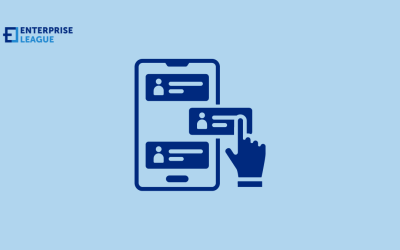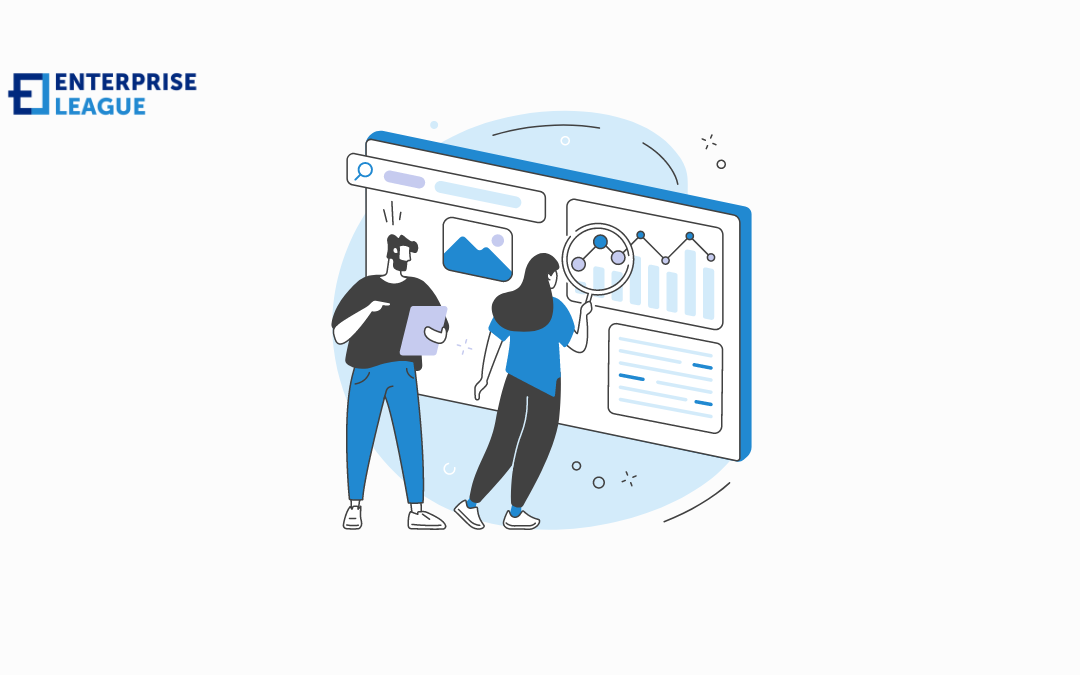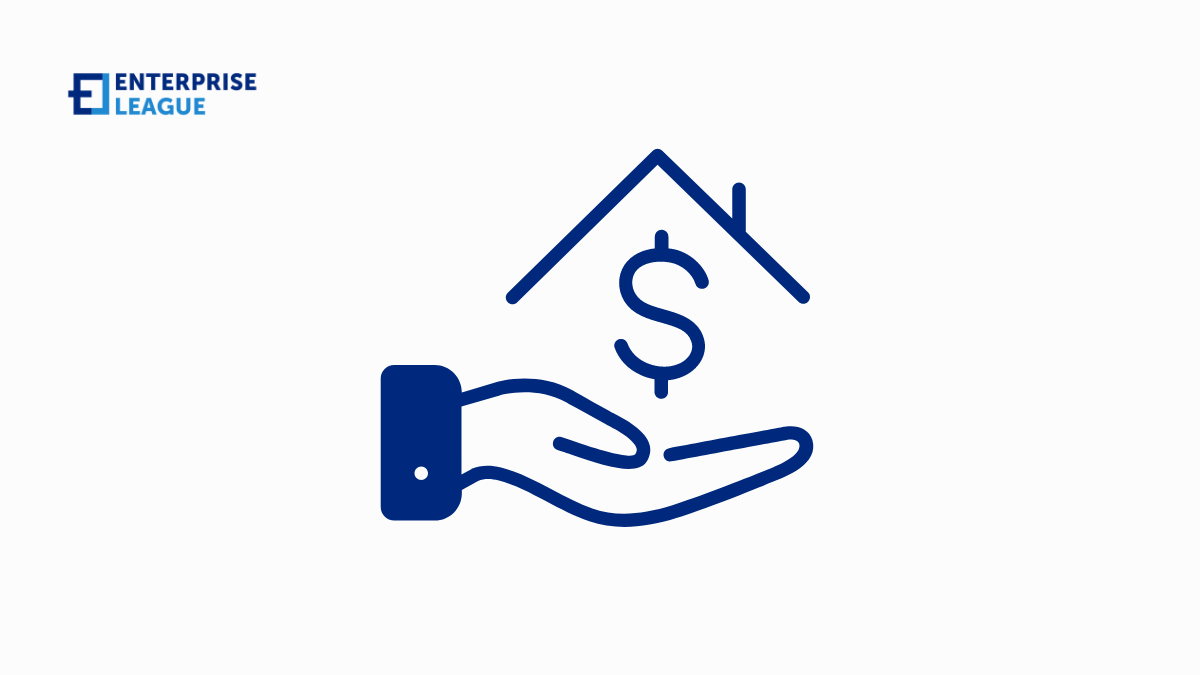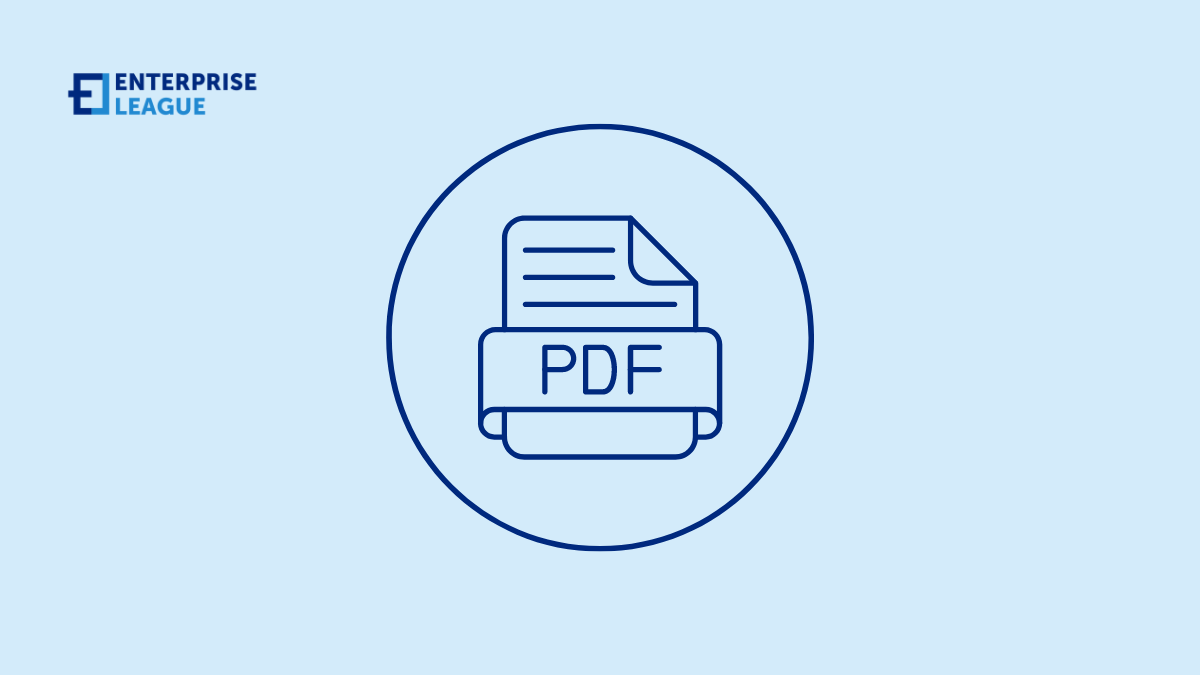In this article we will discuss more about workplace safety legal issues and what small businesses need to know about them so they could mitigate risks.

6 ways customer insights and data can be used to boost your business
6 ways customer insights and data can be used to boost your business
February 26, 2024

The construction of any successful business model follows the insights gathered from customers and potential customers. Business owners are like brave adventurers without a compass. They are smart, willing to take risks and work hard, but they are fundamentally limited in the information they have access to. This is where the power of customer insights lies.
A business owner has a hypothesis about what is valuable to a certain portion of the population called the market. This is called the business model hypothesis. Many business owners fall into the trap of believing that their business model version one is the complete solution to the customer’s problems. However, we cannot know this until we test the hypothesis. We test the hypothesis with customer insights.
These insights allow you to double down on what works in the business model hypothesis, and pivot away from what does not work. Finally, after enough of these iterations, the business model will successfully add value to the market. Derived from the same tools and techniques outlined in a business analytics degree online, this article will present six ways you can gather customer insights to boost your business.
Feedback Surveys
Feedback surveys are a direct line of communication with your customers. They offer valuable insights into customer satisfaction, product performance, and areas needing improvement. Questions like “How can we change this product to better suit your needs?” or, “What problem are you trying to solve by purchasing this product/service?”.
Notice how these questions are aimed at alleviating the information barrier inherent in the perspective of the business owner. You cannot know what these customers want to see in your product without asking them. As such, to better solve their problems, and produce value, you need to ask these questions.
To summarize, feedback surveys are great for discovering which direction you should pivot your business in.
Customer Reviews
Customer reviews are a goldmine of information. They not only reflect customer perceptions about your product or service but also influence the buying decisions of potential customers. Because of this, many business owners are nervous about publicly listing these reviews, especially the inevitable bad reviews.
So, if a customer leaves a good review, this is a data point to support doubling down on whatever the customer liked. However, if the customer leaves a bad review, this is a data point to support pivoting away from whatever that customer didn’t like. Now, there is a double opportunity here, you can firstly implement this pivot, leading to a better business, and secondly, you can also announce this pivot, leading to a better relationship with your customers who feel heard.
Behavioral Analytics
Behavioral analytics delve deeper into the customer journey, tracking interactions across various touchpoints. This data provides very real insight that might be difficult for customers to articulate in a review or responding to a feedback question. Tracking data like, where in the sales pipeline do we lose most customers, or which web page do customers spend the most time on.
Knowing that, for example, potential customers click on ads but spend little time on the website might indicate that you need to update your website. It also means that the advertising strategy is working. Moreover, knowing that customers spend most of their time on one web page, might prompt you to change the landing page to that one.
A/B Testing
Testing a business model hypothesis is difficult. This is because tests only really yield a rejection or confirmation, but don’t tell you which direction to go in if the hypothesis fails. This is where A/B testing comes in. Say you have a product, but don’t know what price to sell this product at. A/B testing means you take one group of potential customers, for example, the market on the east side of town, and you set the price at a lower option. Then you take the same product to the market on the west side of town and set the price at the higher option. If you generate more profit or revenue, or whatever you’re optimizing for, in the western market, then you have good reason to set the price higher.
Social Media Awareness
Social media platforms are a treasure trove of customer insights. They provide real-time data on customer opinions, trends, and feedback. You can effectively test advertisement campaigns and understand customer sentiment. As a platform to present your business, you can not only win over new customers, by posting things they find valuable, but you can also learn what your customers find valuable.
Social media also has a wealth of demographic information that you can use to better understand your customers and to understand your potential customers.
Brand Recognition Testing
Brand recognition testing measures how well customers recognize and recall your brand. This form of testing can provide insights into the effectiveness of your branding and marketing efforts. Understanding how your brand is perceived in the market can help you refine your branding strategy, ensuring that it resonates with your target audience and stands out in a crowded marketplace.
These six strategies to gather customer insight ultimately empower business owners to iterate and refine their business model hypothesis. By knowing what to double down on, and what to pivot away from, owners are better able to provide real value to their customers, and thus, boost their business.
More must-read stories from Enterprise League:
- Unique ways to show your employees you care about them.
- The importance of customer-focused strategy for your business.
- B2B payment solutions that can help you transform your business.
- Are there any benefits of having a 80 hour work week?
- Smart ways to enhance the efficiency of your business.
Related Articles
Workplace safety legal issues: What small businesses need to know
Top 8 hiring automation platforms in 2025
This article highlights the best platforms that streamline hiring processes, help HR teams to save time, reduce costs, and find top talent more effectively.
How your hobbies can make you a better entrepreneur
Hobbies can contribute to become a better entrepreneur and in this article we will discuss how integrating entrepreneurship and hobbies can be beneficial.
How to attract attention and increase engagement with push ads
Discover and learn the benefits of push advertising for increasing website visits and how you can use these powerful alerts to grow your business in no time.
23 business competition quotes to outshine your competitors (2025)
From Bill Bradley to Steve Jobs these 23 business competition quotes are revealing timeless strategies for market dominance and successful business approach.















